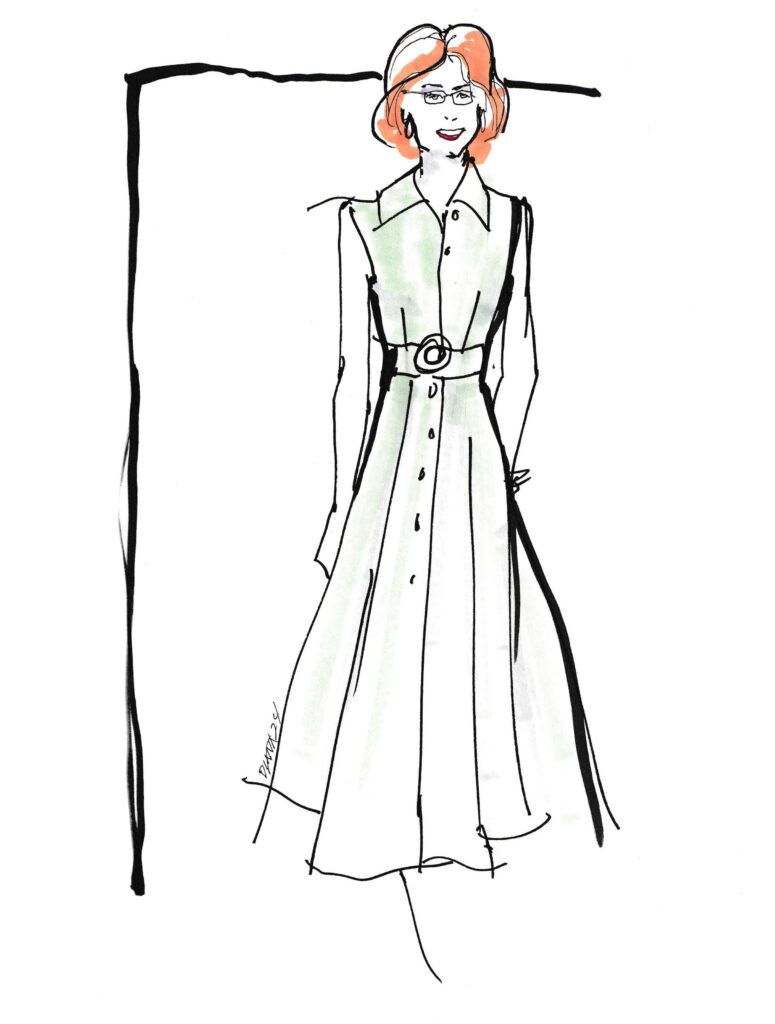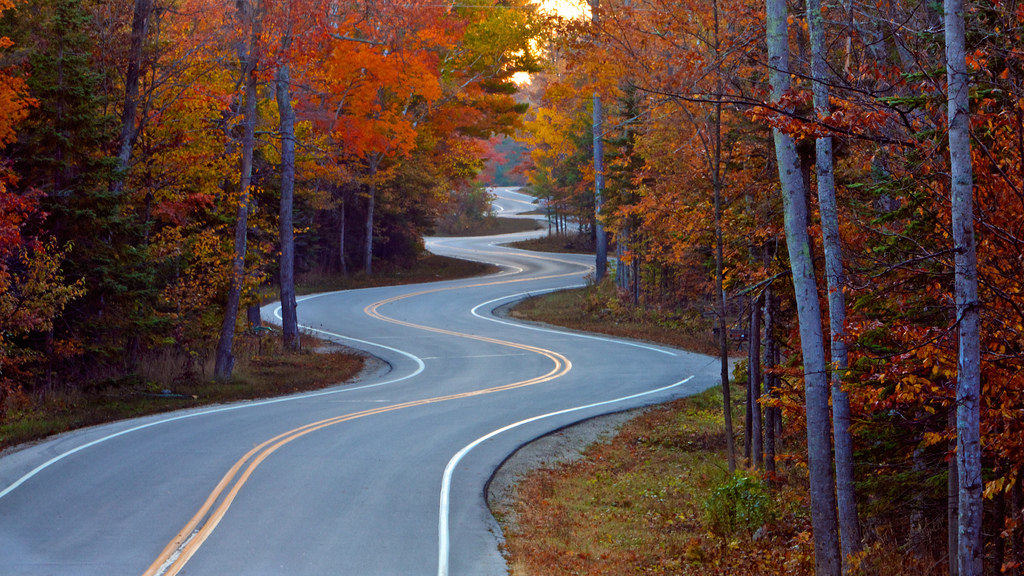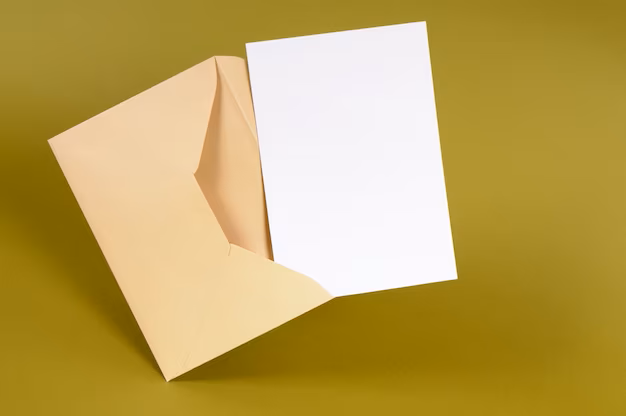Nora Simone
Some Advanced Posing Techniques
Framing – A technique used to draw the viewer’s attention to what’s inside the frame. Our fingers, hands, and arms are natural frames to our faces for example. I also find the technique useful for hiding undesirable features such as a double chin or frown lines. Carefully selected prop’s, like color coordinated pool noodles, can also be an interesting frame.
Using Props – I love using props to convey personality, scale, or to emphasize my female image. These are a couple of my favorite techniques.
- Straight Edge – posing next to a straight edge makes my body look curvier in comparison. Awesome MUA, photographer and professional glamour model, Elizabeth A. Taylor taught me to use a lamp post, a wall, a ladder, or long dangling scarves for this effect.
- Curvy Edges – a curvy prop can echo and amplify the curves I want to project in my female body image. A guitar or even a snowshoe have worked for me.
When using props like eyeglasses, perfume bottles, hand fans, whatever, its best to not think of posing. Instead, as Amanda Richards told me, “just use the object as it was intended and get a photo of that motion. It might take a few more shots, but the result will be much more natural in appearance.”
Careful – Do not let the prop become the center of attention instead of you. If you do, you will appear to be promoting or selling it. Keep attention on yourself.
Movement – When multiple photos are being taken (this is usually the case) I like to adjust my pose for each shot even if it is very slight. It’s amazing how the smallest change in pose can drastically alter the image. Don’t just stand or sit there – move!
Flexibility is a challenge for me so I may do even more stretching than the simple spine straightening exercise mentioned previously. Women are generally more flexible than men and it shows in their poses.
Lengthening Neck Further – When posing for a head or full length shot, I make sure my shoulder nearest the camera is slightly lower than the shoulder away from the camera. So, as I prepare to turn towards the camera for a 45-degree angle, I tilt my head slightly away from camera and drop my shoulder nearest the camera slightly. This gives more space at my neck with no bunch up, and as I turn, my head actually ends up appearing centered.
Self-Timer, Remote Control, and Mirror – Many images in my photo collection have been taken with a digital camera using a timer and tripod. To improve pose success, I use a mirror on the wall opposite me – behind the camera. It’s very useful to see yourself just before the camera snaps. Even when I am in a professional photoshoot, I mirror pose for practice before we start working. Also, some of my popular lady friends use a smartphone app connected to their camera to preview a shot and trigger the shutter release. Their results are impressive.
Practice – Are you ready to practice your standing pose? Great, now…
- Stretch your spine.
- Frame your photo in the camera viewfinder.
- Set the camera timer for 10 seconds. Program for multiple shots (burst mode) if the option is available.
- Stand in front of the camera and carefully press the shutter release.
- Race to pose position in front of the camera without tripping on a tripod leg.
- Place your body at an angle (60 degrees perhaps?).
- Plant one foot in front of the other.
- Keep knees close together.
- Put your weight on your back leg.
- Pop your hip out. More is better.
- Place your arm closest to the camera back on your hip.
- Place other arm in natural position or hide it.
- Ensure hands are “small”, fingers are aligned, and thumb is tight.
- “Turtle” your head in four easy steps.
- Tilt and angle your face to camera.
- Position chin slightly down.
- Look at an object directly behind the camera.
- Smile like you mean it!
- Hold it.
- Hear the click(s).
- Breathe.
Congratulations! You did it!
Now do it again in a slightly different pose.
And again, and again, and again until you have the photo(s) you want.
My Photos
Referenced below, you can see my photos to illustrate points made in this article. These were taken by professional photographers to ensure quality and usefulness. Yes, some are detailed for clarity too.
Of the many photographers and models, I have worked with, I wish to especially acknowledge the following in alphabetical order who have extensive experience with crossdressers and transwomen. Their advice is sprinkled throughout this article. All three have reviewed this article and agreed it would be useful.
- Amanda Richards, True Colors Makeup Artistry (cover girl, makeup, hair, costume, studio and some outdoor portrait photos) http://www.truecolorsmakeup.com/TrueColorsMakeup/Home.html
- Cassandra Storm, Cassandra Storm Photography (event, outdoor, and studio portrait photography) http://cassandrastorm.com/
- Elizabeth Taylor, Makeovers with Elizabeth Taylor (model, makeup, costume, hair, studio and outdoor portrait photography) https://makeoverswithelizabethtaylor.com/
There certainly have been others who helped me. However, I have worked with each of the three talented artists listed above at least five times so I feel confident listing them as a resource for CD friendly posing and photoshoot services.
My best pictures have come from having another person take photos who is experienced in posing, lighting, camera angles, and especially CD body type challenges. Those I’ve worked with have been kind and generous with their advice, and also provided great photos.
Sure, it costs more to get professional advice, but a session or two with an expert can immediately jump start your learning in a way nothing else would. Why waste time?
The chemistry between you and the photographer is critical. This is, I believe, the most important criterion for selecting a photographer. Always ask the photographer what brings out the best in them and then do it. Remember, this is a partnership or collaboration, not a mind reading exercise. Communicate, communicate, communicate! The experience should also be fun.
If you cannot get a personal posing session, there is plenty of advice and information on the Internet and some useful books with useful examples are also available.
Regardless of advice source, the most important thing you can do is practice, practice, practice.
Final Note – Please Don’t Judge Me!
I offer advice to help others. I do not follow it consistently, nor do I claim to be an expert. Posing is difficult to start with and remembering to apply all the tips, especially on a moment’s notice, is impossible for me. I’m human, not a posing fembot!
About Nora
Nora Simone is a member of the Vanity Club (633) who seeks to make a respectful authentic female presentation. She welcomes feedback on this article by writing (norasimone@yahoo.com) and her Flickr photo stream (https://www.flickr.com/photos/norasim1/).
Thank you, my friend!!
How do we get better? Your suggestions are welcome!










2 Responses
While I did not read all of this Nora you are quite beautiful and I can see from your pictures that you hold true to your own advice
I’m pretty much one that knows they don’t pass when I go out but for me it doesn’t matter.
I don’t take as many pictures as I use to but thanks for helping girls like us with your advice
Nora, you have provided a lot of excellent advice.
If I can remember a few of them and actually do it, my pictures will look much better.
Thanks.
Jocelyn